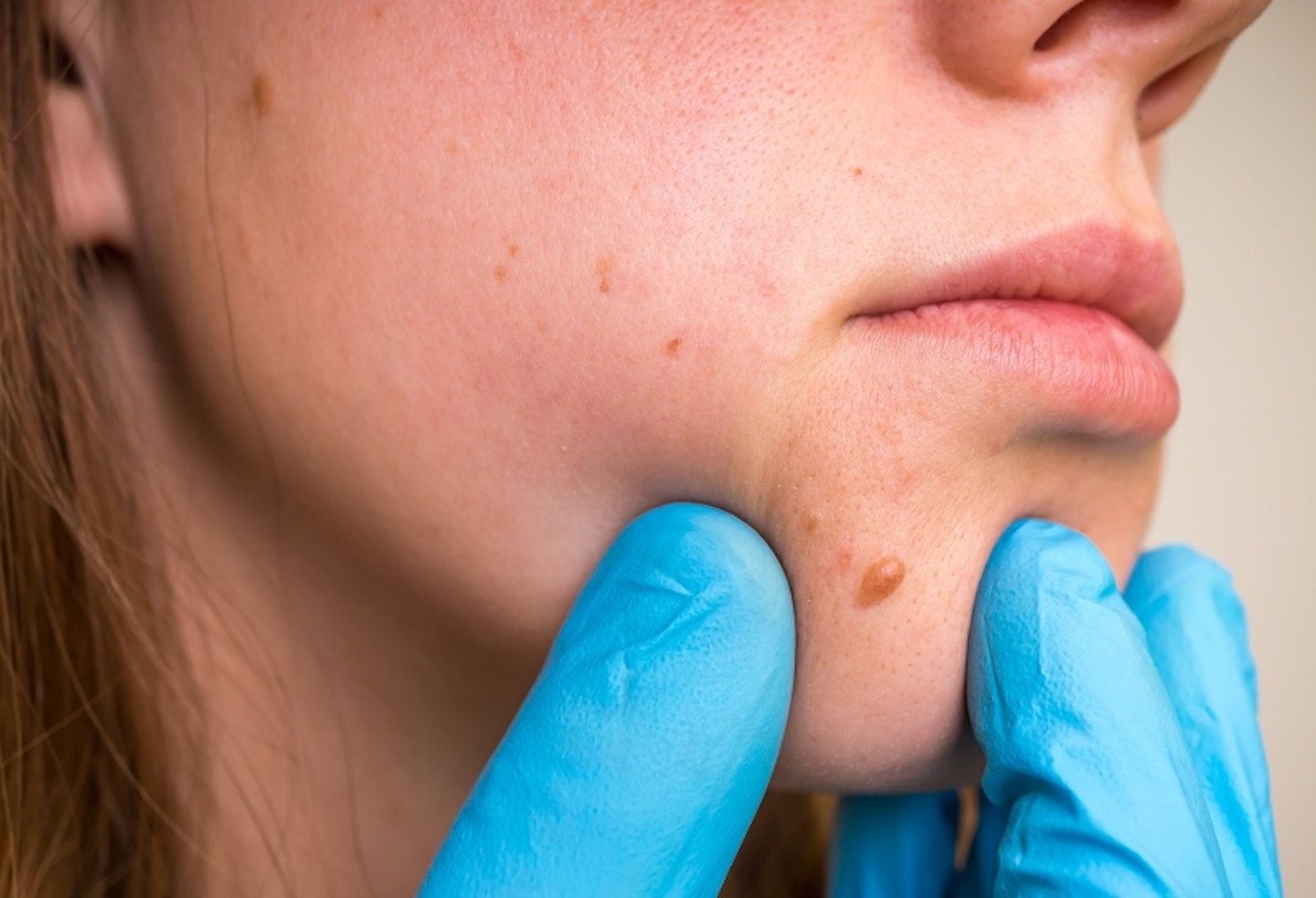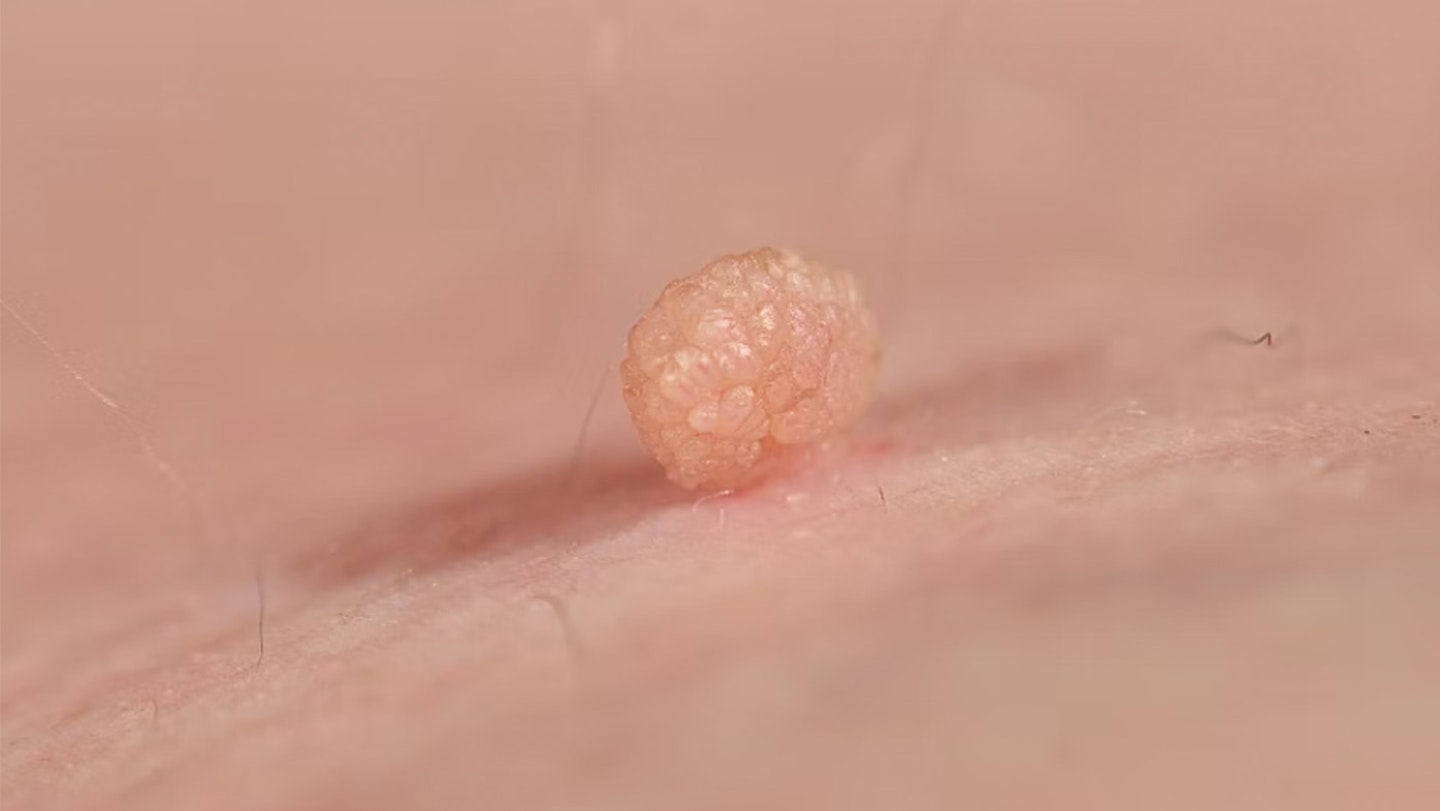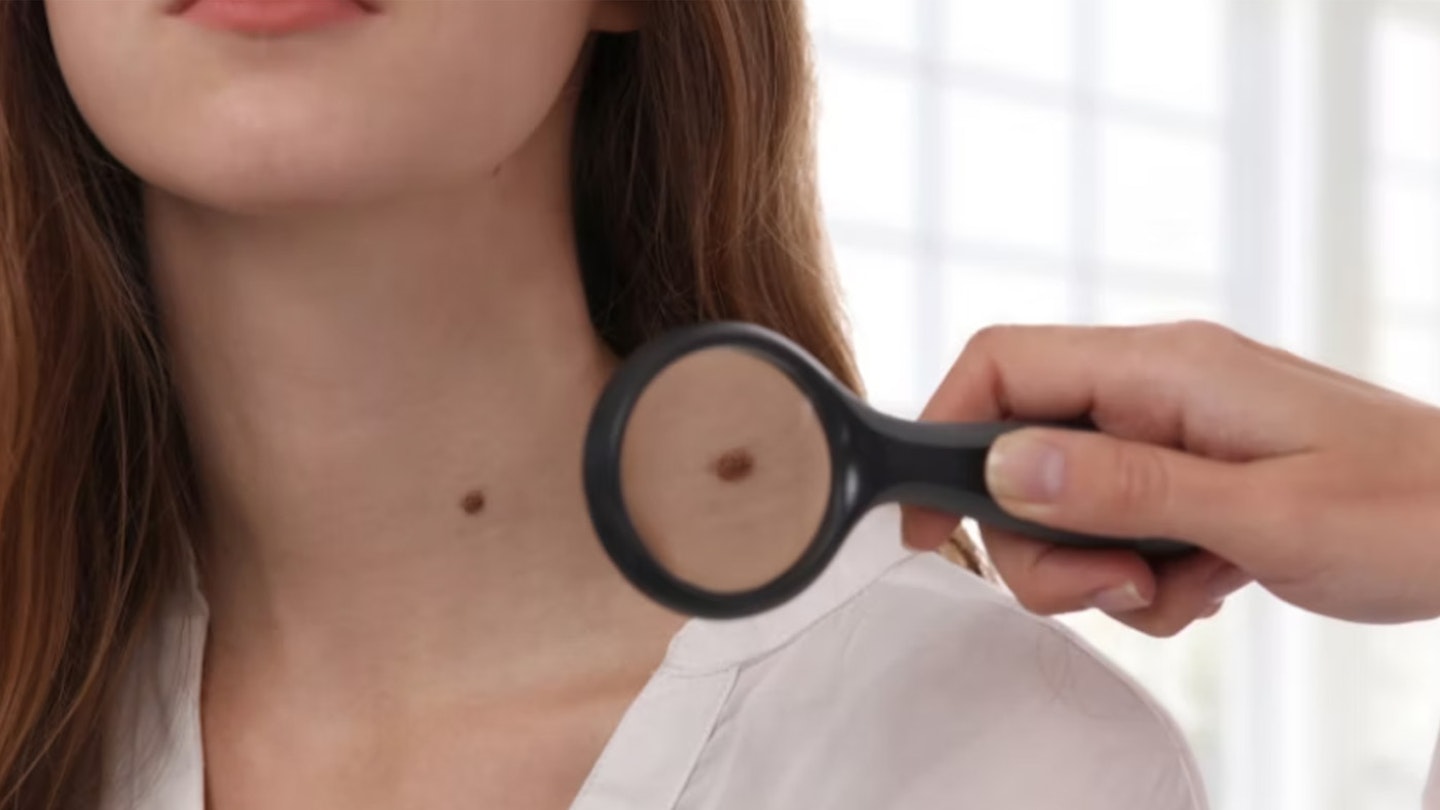From acne to stretch marks in pregnancy, your skin can go through a lot as your body grows with your baby. And if you’ve discovered some new skin tags during pregnancy, you may have a lot of questions.
Skin tags, otherwise known as soft fibromas, are one of those pregnancy symptoms that make you roll your eyes and shake your head… Really? Like, seriously, how are these necessary for me to grow my baby?
Although not painful or much of a burden, they contribute absolutely nothing to the pregnancy and you could do without the extra little hanging bits of skin all over your body. So, what exactly is the deal with skin tags during pregnancy?
While not one of the most talked about pregnancy symptoms, a lot of women find more and more of these fleshy little skin sacks on their body as their pregnancy progresses. Why are they here? What do they mean? And more importantly, when will they go away? We give you the lowdown on skin tags during pregnancy.
What are skin tags in pregnancy?
Skin tags are benign sacks of skin composed of loose fibrous tissue, collagen fibres and blood vessels that can be described as tiny skin-coloured hanging moles. Although they are typically very small in size (around 1-2mm wide) and the colour of your skin, they can vary in size (shockingly up to 2 inches wide) and colour. Everyone can get these harmless meaty little skin growths at some point in life (especially if it’s hereditary) but they are more prevalent in the elderly, obese, and pregnant. Skin tags like to show up in softer bodily crevices that could be prone skin rubbing against itself causing friction, such as:
• eyelids
• neck
• breasts (especially under)
• armpits
• thigh joints
• vagina
• anus

What causes skin tags during pregnancy?
There’s not been a great deal of research done on skin tags (they’re pretty uneventful for doctors) but what is known is that these little fellas make their appearance during pregnancy due to the changes in hormone levels.
Skin tags are closely associated with the sex hormones so they start to develop during teenage years and they tend to stop developing after menopause. With the surge of oestrogen in pregnancy, skin tags can start to pop up everywhere and so are a common pregnancy side effect. Skin friction is another big factor in the development of skin tags (hence why they are often found on the elderly or obese) so if you suddenly find that your boobs are rubbing against your pregnant belly or your thighs are rubbing together, that could exacerbate the development of skin tags.
Do all pregnant women get skin tags?
Nope. You might get away with not getting any skin tags during pregnancy at all! If you’re prone to getting skin tags in general, you’ll most probably get them during pregnancy too.
What do skin tags look like?
Wondering what a skin tag looks like? Here's a photo to give you an idea...

The tag itself is usually attached to the body by a thinner piece of skin known as a stalk. As opposed to warts which are hard and sturdy, skin tags are squishy and wobbly and are not contagious.
Are skin tags something to be worried about?
Put it this way; skin tags are so harmless that they have hardly received any attention in the medical handbooks. Recently, however, in addition to pregnancy, skin tags have been linked to HPV, Crohn’s disease, obesity, colonic polyps, and diabetes. If your skin tags appeared after pregnancy, you can undoubtedly put it in the bucket with the rest of the pregnancy symptoms you’re experiencing, but your regular pregnancy blood tests should be able to rule out any other causes. If you’re still worried, ask your doctor.
Are skin tags painful?
Skin tags are not supposed to be painful. If you are experiencing pain from a skin tag, or if you see any blood coming from one, it’s possible that you accidentally scratched it or got it caught or pulled by an item of clothing or jewellery. Though it’s typically not anything to worry about, if the pain continues for over 24 hours, you should get the offending skin tag seen by a doctor.
Is there any way to prevent skin tags in pregnancy?
Since hormonal factors are the main cause of skin tags in pregnancy, there’s not much you can do about them popping up when you’re pregnant. In order to avoid skin tags developing from skin friction, there are a few things you can try:
• avoid wearing jewellery, especially around the neck
• steer clear of tight clothing that can rub against your skin
• use talc on the areas prone to skin tags
• keep as dry as possible
Will skin tags in pregnancy go away?
While skin tags are generally permanent, thankfully, these unsightly superfluous pieces of flesh that come along during pregnancy can actually disappear a few months postpartum without any treatment. They have been known to either shrink up or fall off on their own due to a lack of blood supply. Some of the larger, well-developed skin tags, however, might need your dermatologist to intervene.
When to talk to your doctor about skin tags
Skin tag removal is considered cosmetic surgery so is not available on the NHS unless your skin tags are causing you pain, discomfort, or affecting your emotional or psychological health.
If you are keen to have your skin tag removed, you should go to a dermatologist. While there are various tag-removing methods available such as cutting them off or freezing them with liquid nitrogen, your dermatologist will most likely opt to zap your skin tags off with a special laser in a matter of seconds. The laser burns quite a bit, so a topical anaesthetic will be applied and you shouldn’t feel a thing. The results are immediate with only a little redness that will last a day or so and usually, no follow-up appointments are necessary. Once the skin tag is removed, it won’t grow back, but that is not to say you won’t get any new skin tags elsewhere – but not at the rampant rate that you were perhaps growing them during pregnancy.
Can I get rid of skin tags at home?
It’s not recommended that you try to get rid of skin tags on your own. Do not scratch, pull or twist them. You might be tempted to try out the skin-tag-hair-trick (this is where you tie a strand of hair or dental floss tightly around a skin tag, thereby cutting off its blood supply and hoping it will fall off); don’t. Pulling a live skin tag off can result in rather heavy bleeding so try to be patient; these commonly fall off all on their own. However, if you don’t want to wait, or if a year has passed since you’ve given birth and you still have some skin tags you can’t wait to see the back of, then go to a professional.
